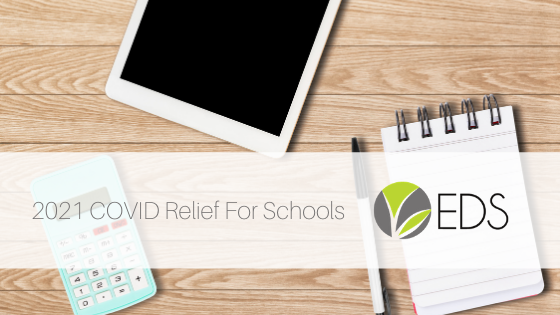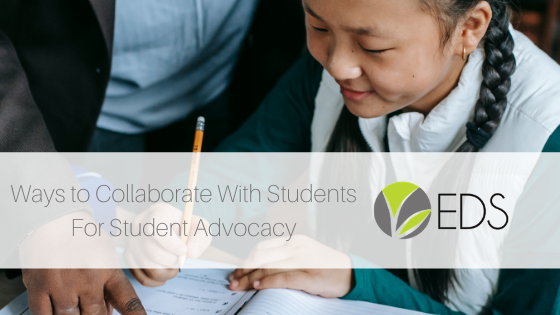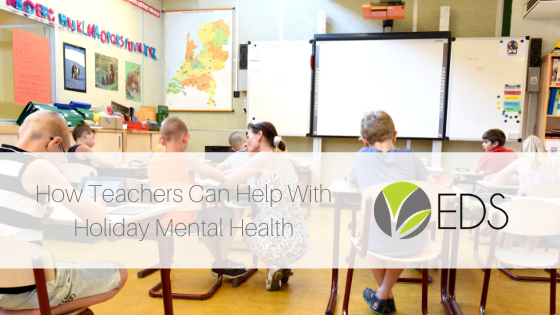A student’s main focus when they’re at school should be to learn, but sometimes there are non-academic barriers that prevent them from being able to do so. That is why creating a successful Student Assistance Program (SAP) is critical for establishing a strong foundation to break down those barriers so all students can have an equal opportunity to learn.
Streamline the Process
To improve efficiency and efficacy, a streamlined process is imperative. When everything connects, the operation results in less errors and delays as well as lowered expenses. One of the best ways to do this is through an electronic system like aSAP.
Our aSAP software tool has improved the process of creating a successful SAP. The software allows your staff to complete all that goes along with an SAP completely electronically. From initial referrals from staff and ending with the completion of end-of-year reports, aSAP handles it all in an easy-to-use manner. The result? Much higher efficiency than using paper and pencil. You’ll be able to collaborate and construct a league of school staff and partner with outside agencies to form a team. The system integrates seamlessly with most Student Information Systems while protecting the school’s information in a safe, secure environment.
Keeping Things Connected
It can be frustrating when pieces of your process do not work well together. But, our aSAP software is designed to work electronically alongside your school’s safety and anti-bullying programs, allowing you to dig deeper for patterns in behavior when determining remedies. An easier way to keep everything connected is by also utilizing HIBster, our own anti-bullying software.
Unfortunately, bullying and other disturbances continue to take place in schools, but we have developed a way for your staff to efficiently manage and resolve bullying and other types of incidents. HIBster provides you with a plethora of accurate and meaningful data, which your school can use to improve your SAP. From reporting to assigning tasks, this anti-bullying program combined with aSAP will elevate your school’s SAP.
Efficiency is Key
We understand that implementing new software into schools can often be a hassle, but our software, tools and systems are different from the rest. We also relate to the frustrations of past software failing your expectations, which is why we ensure any of our software used to develop a SAP will all communicate and work seamlessly with one another. Help break down your student’s non-academic barriers and implement the right tools needed to create a meaningful and successful Student Assistance Program.
Kick-start the Process
Make your students feel important and seen by creating a successful SAP. We offer demos of our software and are here to answer any questions you may have. Our goal is to provide the tools needed to build a strong and connected school. We’ve made it easier than ever by creating our software options to be completely electronic, even before COVID (so there are no kinks to work through). Best of all, our software can be bundled together.
If you’re ready to create a SAP that works, see the impeccable benefits aSAP has to offer your school by requesting a demo today. (No commitment required.)
Have a general question you’d like answered first? Our support team is readily available to respond to inquiries in a timely fashion. Simply give us a call at 1 (866) 315-2306 or email [email protected].










